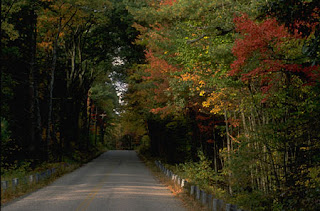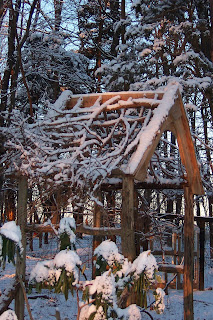Making Your Creative Mark In Gardening – Part 2

This is the second excerpt from a new book by America’s foremost creativity coach and my writing mentor, Dr. Eric Maisel . It’s called, Making Your Creative Mark. I’ve added editorial comments to the excerpt to help you see how you can use Eric’s suggestions to express more of your own creativity in the garden. ERIC: 4 . Complete projects for the sake of making progress. When you make new work that you think aims you in the direction of your genuine voice, try to complete that work rather than stopping midway because “it doesn’t look right” or “it isn’t working out.” You will make more progress if you push through those feelings, complete things, and only then appraise them. It is natural for work that is a stretch and new to you to provoke all sorts of uncomfortable feelings as you attempt it. Help yourself tolerate those feelings by reminding yourself that finishing is a key to progress. LOIS: Sooner or later , e very gardener finds him/herself in the mi...






